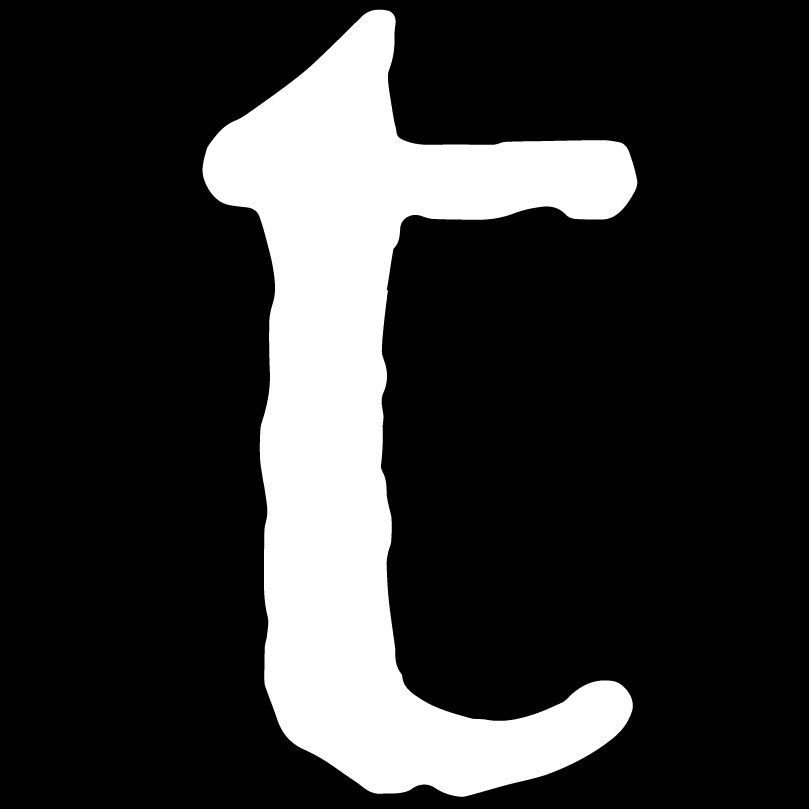Thursday 02 April 2009
by: David R. Baker | Visit article original @ The San Francisco Chronicle

A collaboration between Google and two leading environmental groups could help the process of choosing where to place solar power plants. (Photo: Borrego Solar)
Picking the right place for an immense solar power plant or wind farm is a tricky business, one that can turn natural allies into enemies.
An open stretch of desert might look empty to a renewable-power developer who wants to blanket a few hundred acres with solar panels or mirrors. To environmentalists, the same spot could be vital habitat for an endangered lizard or bird - an ecosystem too delicate to touch.
Now, a collaboration between Google and two leading environmental groups intends to head off those fights.
A new mapping tool on Google Earth shows renewable-power developers where they can - and can't - build. Working on grants from Google's philanthropic arm, the National Audubon Society and the Natural Resources Defense Council pulled together maps of endangered species habitats, national parks and other forms of protected land and loaded all that data into Google Earth.
Zoom in on the Mojave Desert, a favorite spot for solar power projects, and you can see every bit of land that is off-limits to developers. The no-go zones appear as brightly colored shapes superimposed on maps and aerial photographs. The new tool, called the Path to Green Energy, went live Wednesday, and anyone can use it.
Solar and wind companies badly want to avoid fights that could slow down their projects, said Johanna Wald, senior attorney at the Natural Resources Defense Council.
"They kept asking me, 'Please tell me where I shouldn't go,'" she said. "They understand it doesn't make good business sense to go someplace that's going to generate a lot of controversy."
Aid to Planners
Wald and her colleagues don't want the mapping tool to turn into a roadblock for renewable power. Instead, they say it illustrates that conservation and clean energy can coexist. It also will help electric utilities and government regulators plan new power lines.
"The maps make it clear that there is plenty of room for green energy," said Brian Rutledge, executive director of Audubon Wyoming.
Although designed for renewable-power companies and environmentalists, the Path to Green Energy also could prove useful to housing developers and anyone interested in land-use issues.
It remains a work in progress. So far, it covers 13 Western states - about 860 million acres of land - and includes habitat data for more than 170 species. Its creators want to add more states and species as well as information showing places that have the most sunshine and the strongest winds.
"This is really a great example of information that was mostly unavailable or scattered, and we've brought it together so you can really take a holistic view," said David Bercovich, program manager for Google.org, the Mountain View company's philanthropic arm.
The information comes at a crucial time.
California law requires the state's utilities to get 20 percent of their electricity from renewable sources by the end of 2010, and companies are scrambling to build large solar and wind farms that will help meet that goal. The global financial crisis has slowed the renewable boom but hasn't ended it.
Desert Is Focal Point
The development frenzy has focused on California's southeastern desert, which has strong sunshine, high winds and underground pools of heated water that can run geothermal power plants. But much of the desert is off-limits, set aside as parkland or situated within military bases.
More of the desert might soon be closed to renewable-power developers. Sen. Dianne Feinstein has proposed creating a national monument covering hundreds of thousands of acres between Joshua Tree National Park and the Mojave National Preserve.
"I'm a very strong supporter of renewable energy and clean technology, but it is critical that these projects are built on suitable lands," Feinstein said when announcing the proposed national monument last month. "Building huge solar facilities on these lands is untenable and unacceptable."
Other power projects already have angered environmentalists. Last year, state energy regulators approved a $1.9 billion transmission line linking San Diego to the Salton Sea, site of several geothermal plants and proposed solar facilities. San Diego Gas and Electric Co. insisted it needed the line to meet the state's renewable power goals. Environmentalists said the company's real goal was importing power from fossil fuel power plants just over the border in Mexico.
Streamlining Process
There is no guarantee the Path to Green Power will prevent such fights. But Keely Wachs, spokesman for BrightSource Energy in Oakland, said it could help streamline the process of choosing renewable power sites. His company plans to build several large solar power plants in the Mojave Desert and has had to find suitable spots that weren't part of a nature preserve or a military installation.
"If you're a wind developer or a solar developer, the desert becomes a small place," Wachs said. "So this will help us see the areas that should be protected and the areas that should be used for development."
-------
Zoom In
Find the new ecological Google Earth mapping tool at www.nrdc.org/PathtoGreenEnergy.




























No comments:
Post a Comment